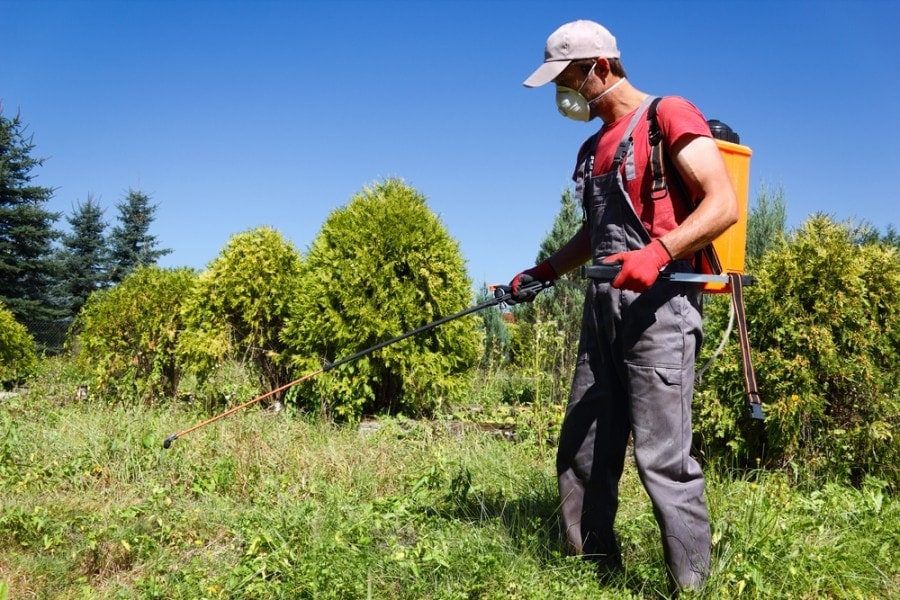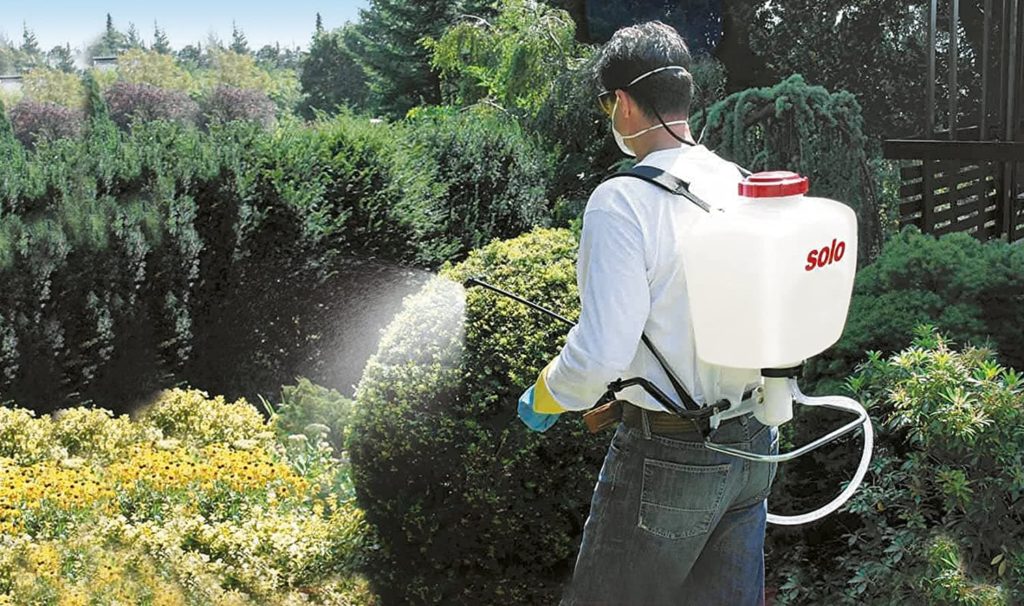10 Crucial Considerations When Picking Your Backpack Sprayer
-
Pete Ortiz
- Last updated:

If you have to spray an area of any real size, you’re going to want to use a backpack sprayer instead of one of those cheap sprayers you carry around by hand. A good backpack sprayer can make short work of dispensing chemicals across a large area. But if you get the wrong one, you might be in for more frustration than you realize. An uncomfortable backpack sprayer can become a nuisance. And if you have trouble performing maintenance on it, the frustration will spread.
Luckily, we’ve gathered 10 of the most important considerations you need to make when picking out a backpack sprayer. Figure out what you need in each of these areas and you’re sure to pick a sprayer that won’t let you down or leave you feeling frustrated.
The 10 Considerations When Picking Your Backpack Sprayer
1. Size
How large of an area are you going to be spraying? If you’re just going to spray a small backyard, you won’t need as much chemical capacity as you would for spraying an entire football field worth of space.
But size is more than just capacity. Think about the places you’ll be working. You’re not always spraying in a wide-open field. If you have to spray in tighter confines, such as walking the aisles of a garden center and spraying the plants, you’re going to need a more streamlined sprayer that isn’t going to be bumping into everything.
2. Chemicals
What types of chemicals do you plan to spray? Sprayers can be used to dispense a wide range of different substances, including weed killers, fertilizers, pesticides, cleaners, bleach, and more. You might be working primarily with liquid chemicals, or you might be using a powder that gets mixed with water. Not all chemicals work with all sprayers, so you’ll need to figure out what you plan to spray before picking a device to spray it from.
3. Electric or Manual
A manual sprayer requires that you manually pressurize the pump. This requires quite a bit of manual labor, which you’ll have to repeat as pressure drops. Electric sprayers, on the other hand, have electronically controlled pumps that require no manual help. They maintain an even pressure and save you from the extra labor. These pumps run on a battery, rather than manpower.
4. Pump Type
When it comes to backpack sprayers, you have two choices of pumps; piston pumps and diaphragm pumps. In general, piston pumps are more popular and more common. They’re best for use with liquid chemicals and are a poor option for use with abrasive sprays or powders, which can damage the pump, cause leaks, and reduce its lifespan.
Diaphragm pumps are the best option if you’re spraying bleach, powders, or other abrasive sprays as the pump isn’t going to be damaged by these materials. Diaphragm pumps also use lower pressure, which allows for larger droplets and reduces overall spray drift.
5. Pump Location
The pump on your sprayer can either be located externally or internally. An external pump is easy to access, which allows you to perform maintenance quicker and with less hassle. However, leaks in an external pump could pose a potential safety problem since they’ll be leaking outside and might subject the wearer to harsh chemicals.
Internally housed pumps can’t leak on the user, making them a bit better from a safety standpoint. That being said, they’re more difficult to reach, so maintenance is going to be more time-consuming and tedious.
6. Components
When looking at backpack sprayers, you’ll notice that some feature metal components, while others have all or mostly plastic components. Naturally, metal components are more durable and offer a longer lifespan, but they’re also much heavier and more expensive. Plastic parts might not offer the same longevity, but they’re definitely lighter and usually cost less as well.
7. Design
Backpack sprayers are not all created equal. They come in different shapes and designs with different attachments. Take a look at the hose and wand material and compare them across models. Then, consider the different nozzles included with different sprayers and figure out which one is going to be best for your needs.
8. Weight
The longer you’ll be using your sprayer, the lighter you’ll want it to be. After all, it’s going to be filled with liquid, so it’s going to have plenty of extra weight already. If you only spray for short spurts, a few extra pounds might not make much difference. But if you have to wear this sprayer for hours on end, you’ll want to find the lightest one you can. Or, you can treat it like a gym membership and pick the heavier model to level up!
9. Comfort
This one can be difficult to tell without actually testing a few backpack sprayers out and seeing how they feel. Every sprayer is going to feel different when it’s on your back. Differences in design, size, weight, and more will all affect how it feels.
Also, consider the straps. How large are they? Are they padded? What are they made from? The straps are going to be rubbing against your shoulders the whole time you’re using the sprayer, so you’ll want to find the most comfortable straps possible.
10. Price
After you’ve determined everything you need from your sprayer, it’s time to compare prices. Your ideal sprayer might be out of your budget. In such a case, you’ll need to make some compromises. Even among sprayers that meet all your qualifications, there can be price discrepancies. So, shop around between brands and see what everyone has to offer. Make sure you compare prices last though. It’s most important that your sprayer does what you need.
Conclusion
A quick search online will show you that there’s no shortage of backpack sprayers to pick from. Though they may all perform the same job, they don’t all perform it to the same standard. Make sure you follow these 10 tips and you’re certain to get a good sprayer that decreases your workload rather than adding to it.
- You might also like: Piston vs Diaphragm Backpack Sprayers: What’s the Difference?
Featured Image Credit: ninikas, Shutterstock
Contents






